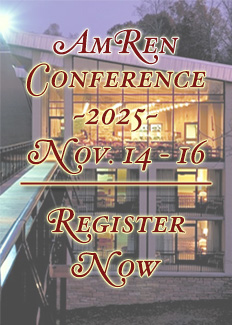See No Bias
Shankar Vedantam, Washington Post, Jan. 23
At 4 o’clock on a recent wednesday afternoon, a 34-year-old white woman sat down in her Washington office to take a psychological test. Her office decor attested to her passion for civil rights — as a senior activist at a national gay rights organization, and as a lesbian herself, fighting bias and discrimination is what gets her out of bed every morning. A rainbow flag rested in a mug on her desk.
The woman brought up a test on her computer from a Harvard University Web site. It was really very simple: All it asked her to do was distinguish between a series of black and white faces. When she saw a black face she was to hit a key on the left, when she saw a white face she was to hit a key on the right. Next, she was asked to distinguish between a series of positive and negative words. Words such as “glorious” and “wonderful” required a left key, words such as “nasty” and “awful” required a right key. The test remained simple when two categories were combined: The activist hit the left key if she saw either a white face or a positive word, and hit the right key if she saw either a black face or a negative word.
Then the groupings were reversed. The woman’s index fingers hovered over her keyboard. The test now required her to group black faces with positive words, and white faces with negative words. She leaned forward intently. She made no mistakes, but it took her longer to correctly sort the words and images.
Her result appeared on the screen, and the activist became very silent. The test found she had a bias for whites over blacks.
“It surprises me I have any preferences at all,” she said. “By the work I do, by my education, my background. I’m progressive, and I think I have no bias. Being a minority myself, I don’t feel I should or would have biases.”
Although the activist had initially agreed to be identified, she and a male colleague who volunteered to take the tests requested anonymity after seeing their results. The man, who also is gay, did not show a race bias. But a second test found that both activists held biases against homosexuals — they more quickly associated words such as “humiliate” and “painful” with gays and words such as “beautiful” and “glorious” with heterosexuals.
{snip}
The results of the millions of tests that have been taken anonymously on the Harvard Web site and other sites hint at the potential impact of the research. Analyses of tens of thousands of tests found 88 percent of white people had a pro-white or anti-black implicit bias; nearly 83 percent of heterosexuals showed implicit biases for straight people over gays and lesbians; and more than two-thirds of non-Arab, non-Muslim volunteers displayed implicit biases against Arab Muslims.
Overall, according to the researchers, large majorities showed biases for Christians over Jews, the rich over the poor, and men’s careers over women’s careers. The results contrasted sharply with what most people said about themselves — that they had no biases. The tests also revealed another unsettling truth: Minorities internalized the same biases as majority groups. Some 48 percent of blacks showed a pro-white or anti-black bias; 36 percent of Arab Muslims showed an anti-Muslim bias; and 38 percent of gays and lesbians showed a bias for straight people over homosexuals.
“The Implicit Association Test measures the thumbprint of the culture on our minds,” says Banaji, one of three researchers who developed the test and its most ardent proponent. “If Europeans had been carted to Africa as slaves, blacks would have the same beliefs about whites that whites now have about blacks.”
{snip}
To take the Implicit Association Test, go to https://implicit.harvard.edu.
















